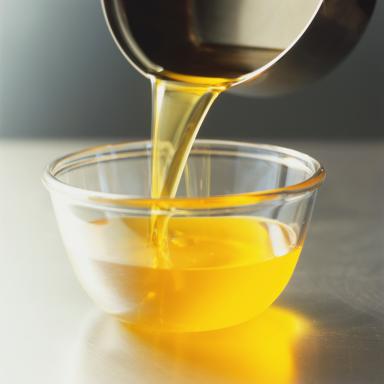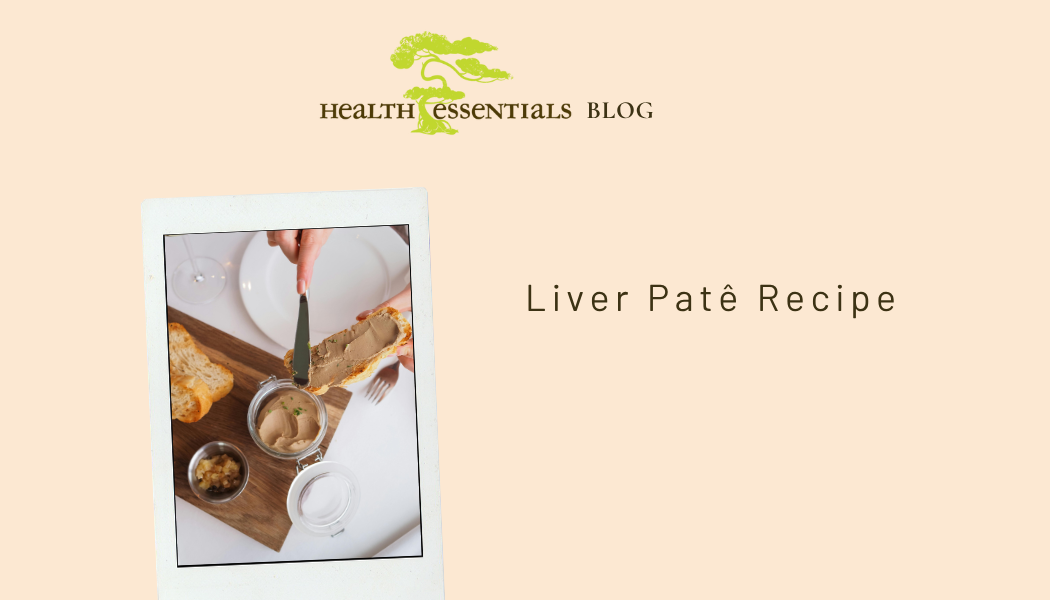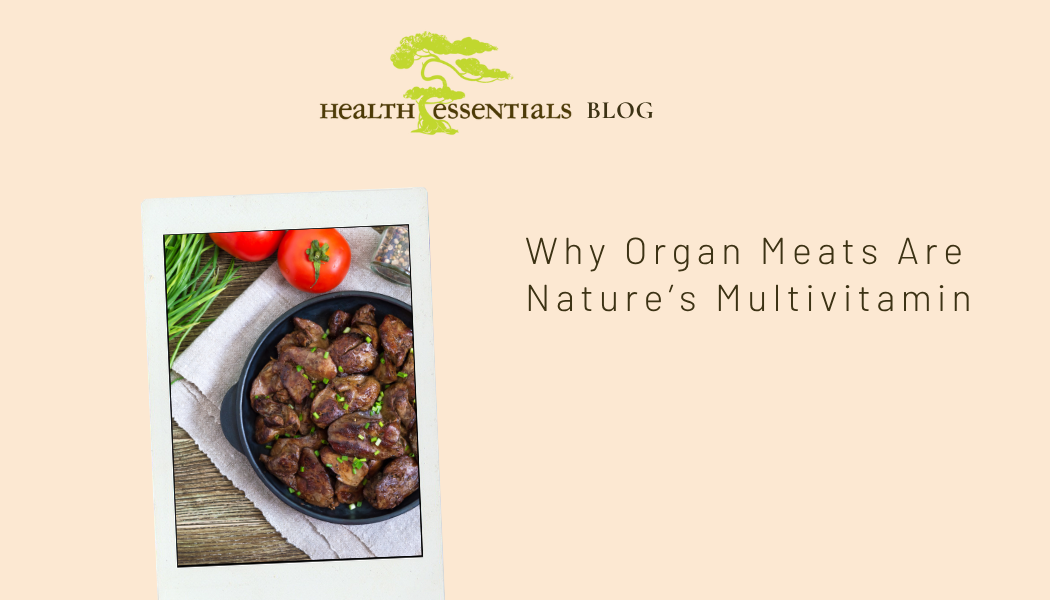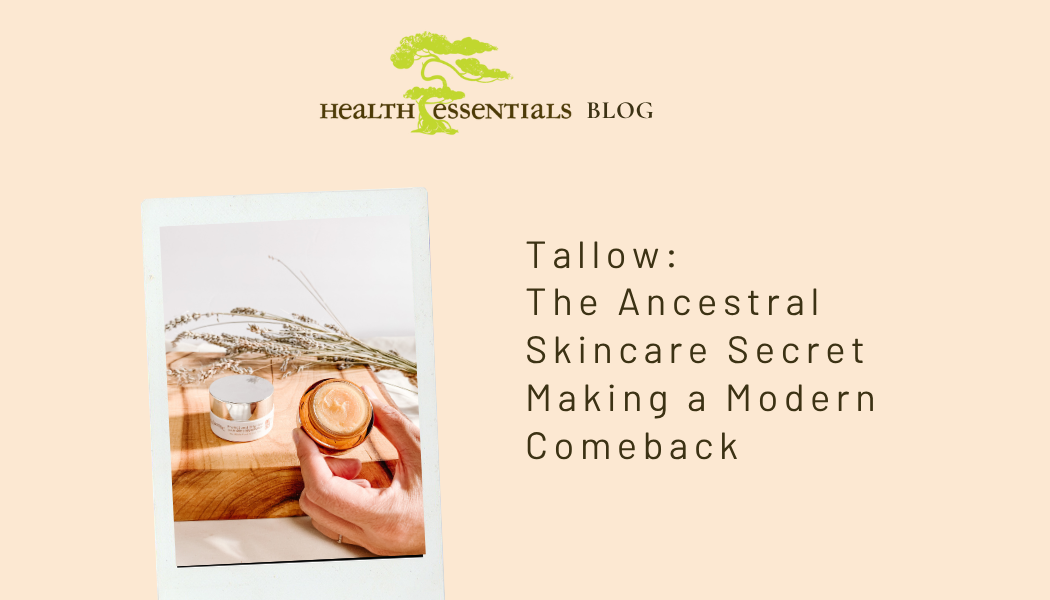Do you have some slight intolerances to dairy products, but would love to be able to reap all of the healthy benefits of grass-fed butter? Are you looking for a high-fat & highly nutrient dense superfood to add to your diet? Would you LOVE to be able to cook easily and safely with a healthy fat source? We have your answer, and we would love to share everything you need to know about ghee!
What is Ghee? How is that pronounced?
Ghee is termed as “clarified” butter. It is made from butter that has been simmered for an extended period of time in order to separate and remove the milk solids, and essentially render the fat alone. Due to the high fat content and purity of this amazing superfood, ghee does not perish as quickly as butter does and is actually shelf stable. It also has an amazing nutrient content and is generally well tolerated by dairy-sensitive people!
[divider]
History of Ghee.
Ghee originated in Asia and has been used in India and Southeast Asia – near the equator – for centuries! These cultures heavy reliance on dairy as a source of healthy fats dates back thousands of years! It makes sense that the first people to clarify butter were of this hot climate. Dairy tends to spoil VERY quickly in the heat, and it barely stood a chance in the humid climate of Southeast Asia, especially before fridges!! What the traditional cultures of these regions found, was that it wasn’t the fat that went bad, but rather the milk constituents of butter. Clarifying these parts out, enabled the people of these humid regions to store this precious fat source for longer, without the immediate risk of spoiling!
What makes Grass-fed Ghee a “superfood”?
[divider]
It has an amazing nutrient density!
Although science had not evolved to the point that it has in recent decades, it is evident that the traditional cultures, YET AGAIN, had it intuitively right! Butter and ghee are both high in healthy fats, fat soluble vitamins & other important nutrients. When compared side by side, however, it is clear that ghee “takes the cake” for nutrient value! What began as a tactic to keep butter from perishing, actually rendered a super-butter, so to speak :)!
Check out this awesome side-by-side comparison by Dr. Axe, comparing butter and it’s clarified derivative!
[divider]
More Facts You Need to Know About Ghee:
Ghee is well tolerated by most people.
Ghee is almost completely free of dairy constituents, including casein, whey & lactose. Although it does contains trace amounts of dairy, often ghee is tolerated by those who have intolerances!
[row]
[divider]
High-heat cooking oil. Ghee is a fabulous cooking oil because it has a smoke temperature of 450 degrees. It is important to make sure that the oil you use for cooking has a high heat tolerance so that none of its properties are destroyed when you cook with it.
Ghee is a fabulous cooking oil because it has a smoke temperature of 450 degrees. It is important to make sure that the oil you use for cooking has a high heat tolerance so that none of its properties are destroyed when you cook with it.
[row]
[divider]
Rich, delicious flavour!
Ghee has a butter-like flavour and a similar consistency. It definitely has a richer flavour than regular butter, but is the perfect alternative for anyone who can’t have butter! It’s also a great way to enhance the flavour profile of your food!
We’re excited for the brand-new Bulletproof Grass-fed Ghee! Bulletproof sources their ghee from grass-fed cows, which ensures high nutrient density and an amazing nutrition profile. 🙂 Check out this video for everthing you need to know about Bulletproof Grass-fed Ghee!





